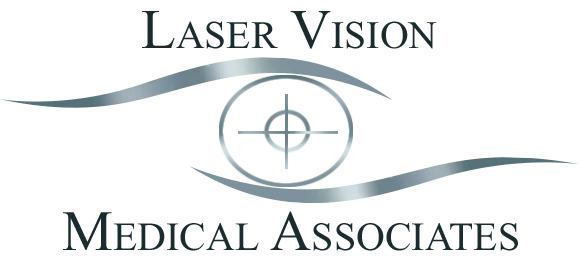What is Myopia (Nearsightedness)
Myopia is an easy condition to understand. Myopia often starts in childhood and nearsighted children cannot see clearly in the distance but they can see clearly up close. They squint to create a pinhole effect to see well. Often the condition is detected by the pediatrician or a school nurse when the child cannot see the eye chart clearly during a vision testing exam. Parents may suspect nearsightedness when children must sit close to the TV set to see it clearly.
Nearsighted eyes are longer than normal eyes and generally the eyes grow even longer as the child matures. Rarely myopia can slowly increase even beyond childhood and can become severe, so called malignant myopia. Most nearsighted eyes stabilize in the late teens or early twenties when the eye stops growing.
Our Ophthalmologist Explains the Symptoms of Nearsightedness
Most nearsighted patients cannot even see the large E on an eye chart. If they can see the large E their vision is 20/200. This means that they can see that large E at 20 feet but a person with normal 20/20 vision can see it at 200 feet! Mild nearsightedness would be about -1.00 to -2.00 D and glasses would be relatively thin. Extremely near sighted patients, for example -10 D or even greater have can only see that large E if they are 1 or 2 feet from the chart. I have rarely examined patients who are over -20.00D. Glasses would be so thick that vision would be extremely distorted so these patients will wear contact lenses.
Correcting nearsightedness can be accomplished with glasses, contact lenses or corrective surgery. LASIK or PRK surgery is usually possible for up to about -10 D. Beyond -10 D might require a procedure called a “Phakic” intraocular lens implant. This is a pliable, artificial lens implant that is surgically inserted inside the eye, either in front of the iris, e.g. Artisan lens implant, or behind the iris, Staar ICL. This surgery is performed in an outpatient or hospital operating room. LASIK surgery is performed in a Laser center like our office that offers services for the communities of Los Angeles, Westwood, Santa Monica, Beverly Hills, and Culver City. More information about LASIK, PRK and Phakic lens implants can be seen on my website in the section LASIK, Cataract and other vision correction procedures.
